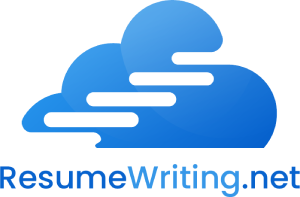Creating a resume is an essential part to finding employment. Without a resume, the individual seeking employment is unable to apply for or be considered for a position for which they wish to work. A resume is the first impression that an employer will often receive of the applicant, for this reason, it should be concise and outline the achievements, experience and qualifications that make an individual eligible for a certain position.
There are many aspects that should be taken into account when crafting a resume. What message does your resume convey? The resume may be tweaked for each position which is being applied for, this means that each position may require different qualifications and education to be outlined on the resume.
Stand Out
It is important to remember that a potential employer may see tens to hundreds of resumes applying for a certain position. The resume should be stylized to set yours apart from the crowd. Many employers make a decision based on the style and formatting, as well as the content of the resume within seconds of reading the first couple of headings. Read over the first couple of headings in the resume, what conclusion would you come to? Would you make any snap judgments about your professional abilities based on the appearance of your resume?
Length
For the optimum effect on the employer, the resume should be kept under a page long. The resume may be attached to a cover letter, also a page in length. Resumes or CVs that are in excess of one page are often scanned by employers, meaning that they may easily miss valuable and important information that is conveyed on the resume.
Keep it Professional
What type of font should be used on a resume? Professional and easy to read fonts should be used on the resume such as Times New Roman or Arial. This font should be maintained between the sizes of ten and twelve for the optimum effect. A professional resume will read well and contain no spelling or grammar mistakes. The resume should also be sure to follow the same formatting through the entirety of the report.
Information Overload
Many people make the mistake of including each job and position that they have held on the resume. Only jobs that have been held for a significant amount of time or are relevant to the position that is currently being applied for should be placed on the resume. When narrowing these positions, the employer is able to easily view the qualifications and experience that enable the applicant to be eligible for the position. Including too many jobs could also cause the employer to become confused with the sheer amount of jobs that have been held.
Vital Information
There are certain aspects of the resume that should be included in every single report. The objective of the applicant as well as experience and qualifications are a crucial part of the resume. Other headings that may assist the employer in getting to know the applicant are; interests, activities and any special certifications that have been received through on or off the job training.
Updating
Current, up-to-date contact information should be present on each resume. If this information is outdated the resume should be updated. Maintaining a resume on your personal computer through a word processing program could mean the difference of getting the job. Chances are, the employer is going to notice these tiny details. If you are willing to overlook these small details, the employer often questions if you are going to overlook small details that come with the potential position? These small details could make or break the resume and should be looked at in detail before the resume is distributed to any potential employers.
Proofreading
Have a friend, acquaintance or family member view the resume with a critical eye, as the eye of a potential employer. This valuable tool should be taken advantage of as it will provide a new pair of eyes that can determine the intent of the resume. You will receive useful comments and concerns about the appearance, formatting and professional appeal of the resume. This is an important step in completing the resume process and can become an invaluable tool in resume creation.
Templates
Templates can be found on the internet or through a word processing program that can assist in the resume creation process. The formatting will include the text size, the font type and the layout that should be adhered to. Headings can be changed to applicable types and formatting can be added into the resume such as bulleted points or list to organize information to become appealing to the potential employer.
Printing
When printing the resume, use high quality paper in bright white. Colored paper should be avoided when crafting a resume as it can take away from the professionalism that comes with the resume. This will ensure you are taken seriously when you are applying for the job of your dreams. Using these tips, you should be able to make your resume appeal to even the most stringent of employers!


